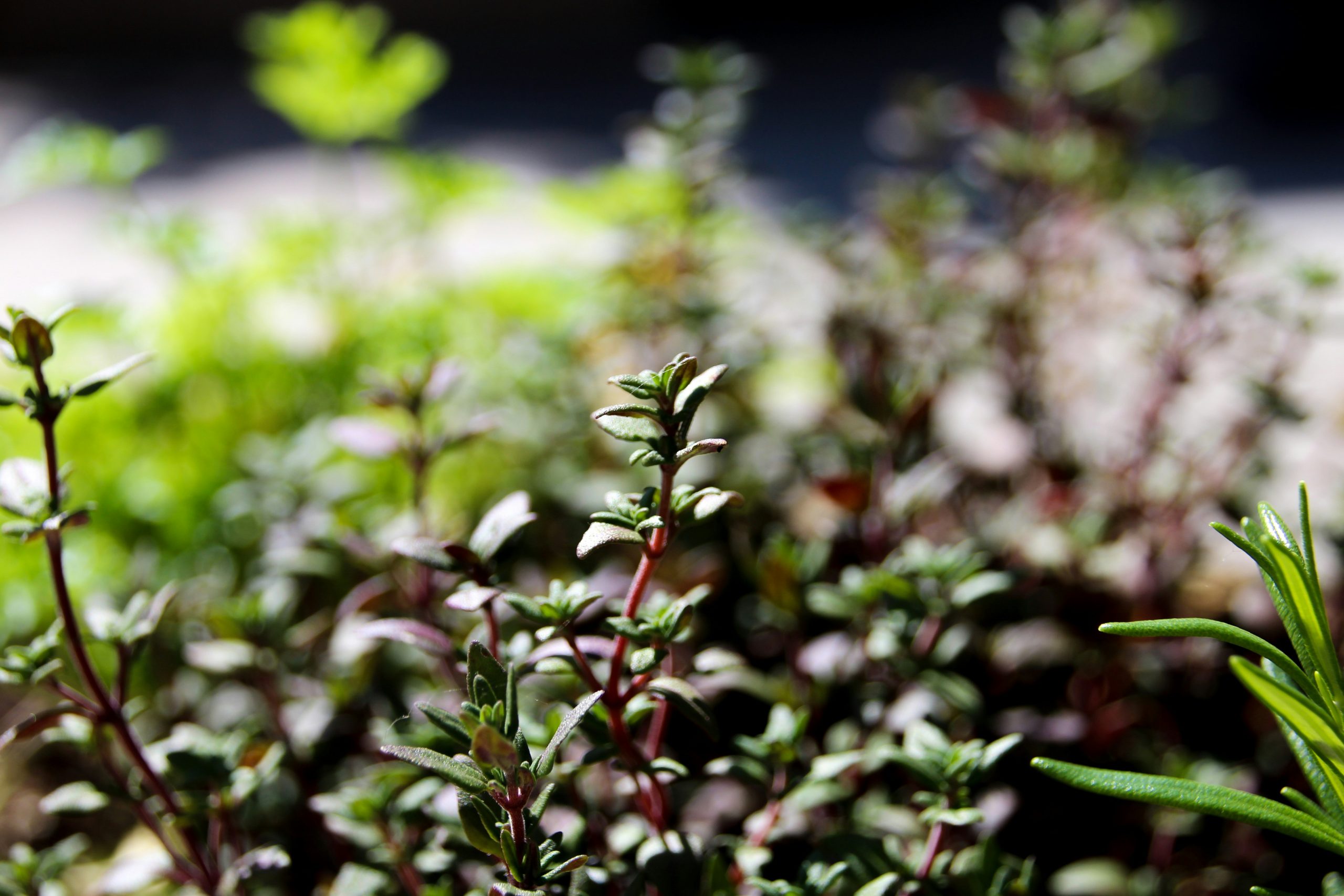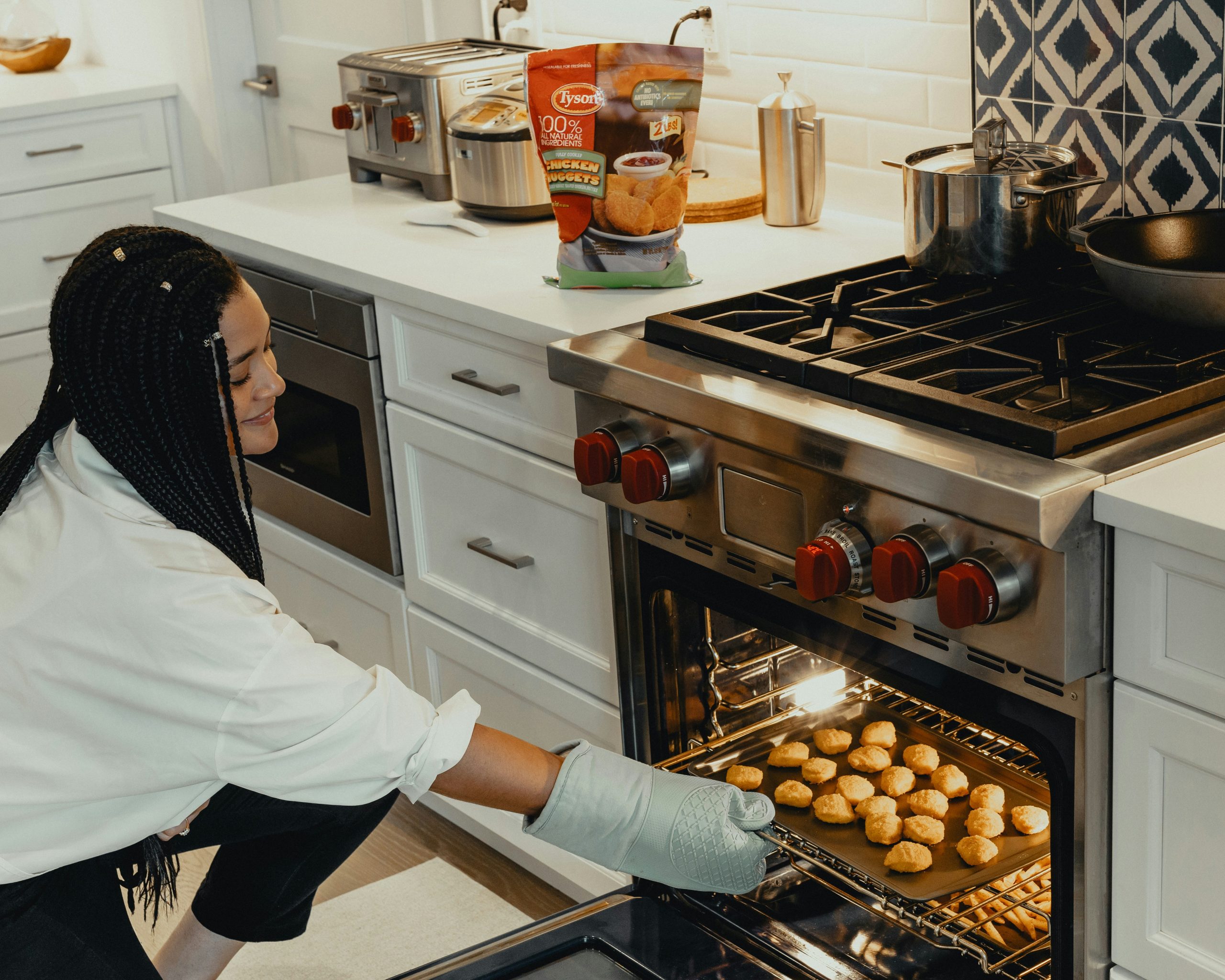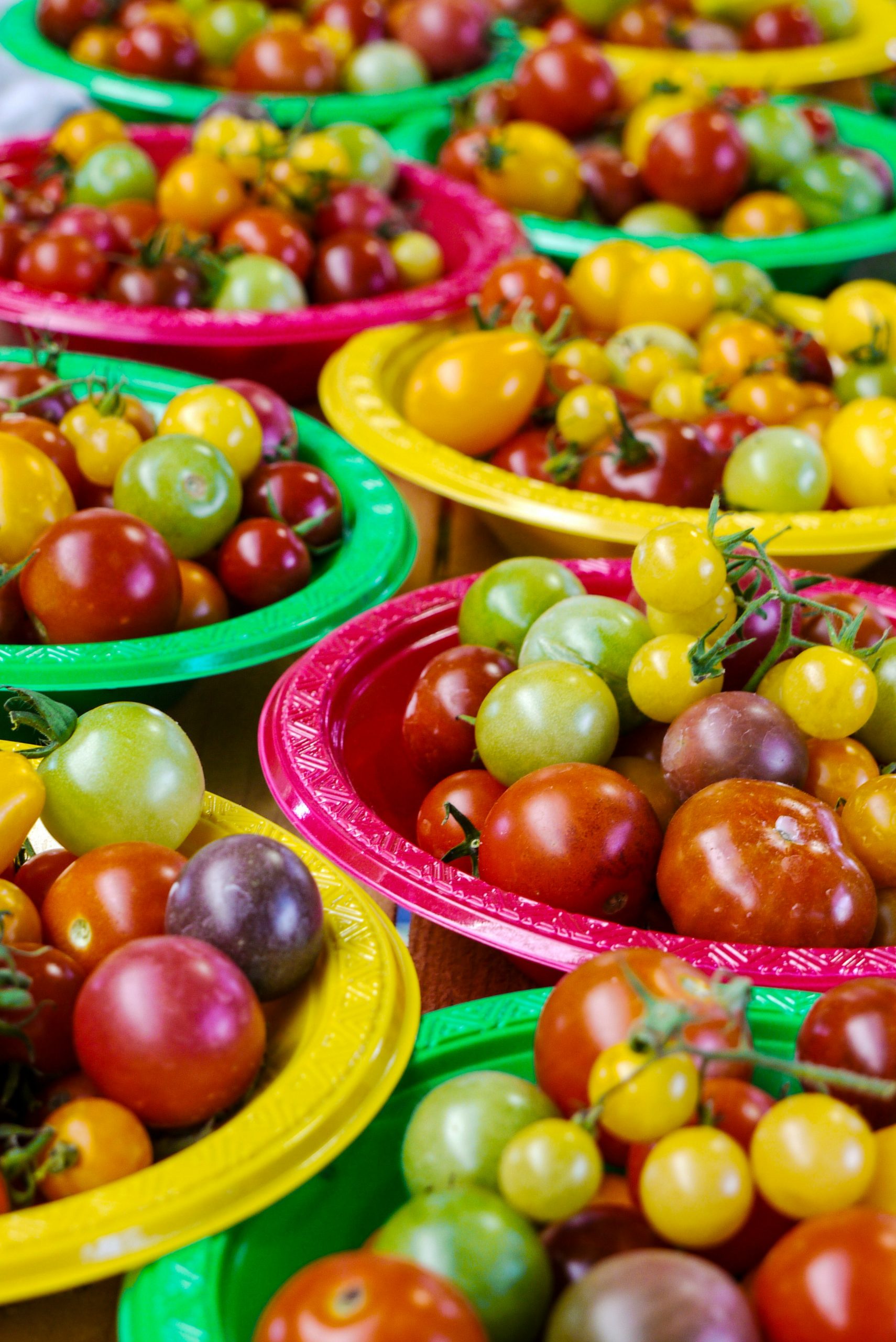Artisanal Baking at Home: Crafting Perfect Breads and Pastries
Picture this: It’s a rainy Saturday morning, the kind that makes you want to curl up with a good book and a steaming cup of coffee. But instead of lounging around, I’m in my kitchen, flour dust dancing in the air like confetti at a very intimate celebration. My mission? To conquer the world of artisanal baking. (Or at least my little corner of it.) I mean, who doesn’t love the smell of fresh bread wafting through the house? It’s like a warm hug from the universe. So, let’s dive into the delightful world of baking your own breads and pastries at home.
Why Bake Artisanal Bread?
First things first. Why bother with artisanal bread? I get it, we live in a world where you can swipe right and have a loaf of sourdough delivered to your doorstep. But there’s something magical about the process of baking your own bread. It’s therapy, it’s science, it’s a bit of an art form. Honestly, I think it’s a bit of a love language too. When you bake for someone, you’re saying, “I care enough to spend time making something delicious just for you.” And who doesn’t want to be cared for with carbs?
Plus, there’s the satisfaction of pulling a golden-brown loaf from the oven, knowing you’ve nurtured it from a simple mixture of flour, water, and yeast. It’s like watching your child take their first steps… if your child were a rustic baguette.
What You’ll Need to Get Started
Alright, let’s get down to the nitty-gritty. If you’re going to embark on this baking adventure, you need a few essentials. Here’s what I recommend:
- Quality Ingredients: Start with good flour. I’ve experimented with various types, but I always come back to unbleached all-purpose flour for general baking. And don’t skimp on the yeast; fresh is best.
- Scale: Weighing your ingredients is key for consistency. (And yes, I know it sounds a bit nerdy, but trust me on this one.)
- Mixing Bowls: You can never have too many. I prefer glass or stainless steel. They’re easy to clean and you can see what’s happening inside.
- Bench Scraper: This little tool is a game-changer. It helps you cut dough, scrape work surfaces, and even transfer baked goodies without losing your mind.
- Baking Stone or Steel: If you want that crusty exterior (and who doesn’t?), you’ll want something to retain heat in your oven. A baking stone or steel does just that.
- Proofing Basket: Not absolutely necessary, but if you want those lovely round shapes, a proofing basket will help your dough keep its form.
And of course, don’t forget your apron. Baking can get messy, and it’s always more fun if you look the part. (Also, flour in your hair? It’s a whole look.)
The Art of Sourdough
If you’re ready to take the plunge into artisanal baking, sourdough is a beautiful place to start. It’s got that tangy flavor that’s just to die for, and it’s kind of like a pet that you can eat. (Sort of.) You’ll need to create a starter, which is essentially a mixture of flour and water that captures wild yeast from the environment. It sounds a bit like witchcraft, but I promise it’s just science.
To make your starter, mix equal parts whole wheat flour and water in a jar. Cover it loosely with a cloth, and let it sit on your countertop. Feed it daily with more flour and water. (Yes, you really do have to feed it. It’s not a houseplant, but it requires some TLC.) After about a week, your starter should be bubbly and ready to go. And you’ll feel like a proud parent.
Mixing and Kneading
Once your starter is ready, you can dive into mixing your dough. Combine a portion of your starter with water, flour, and a pinch of salt. I like to mix everything by hand, feeling the texture change as the ingredients come together. It’s such a tactile experience. Kneading is where the magic happens. You want to develop the gluten, which gives bread its structure and chewiness. (And it’s a great workout too—who needs a gym when you’ve got dough?)
Now, kneading can be a bit messy, but that’s half the fun. I often think of it as a stress reliever. Smash, fold, repeat. You’ll want to knead for about 10 minutes until the dough is smooth and elastic. And if you’re anything like me, you might find yourself singing along to whatever’s playing in the background. (I may or may not have a karaoke session with my dough.)
Fermentation: The Waiting Game
Once your dough is kneaded, it’s time for fermentation. This is where the dough rises and develops flavor. It’s a bit like waiting for your favorite TV show to release the next season—agonizing but worth it. You can either do a bulk fermentation at room temperature for a few hours or a cold fermentation in the fridge overnight. I’ve done both, and honestly, the overnight method gives a deeper flavor. Just be sure to cover it well; we don’t want it to dry out!
Shaping Your Loaf
After the dough has doubled in size, it’s time to shape it. This is where things get a bit fancy. Gently deflate your dough on a well-floured surface and shape it into a round or oblong loaf. (Or whatever shape your heart desires!) A little practice goes a long way here, so don’t be discouraged if your first few attempts look a bit… rustic. (I might have made a loaf that looked like a sad pancake once, but hey, it still tasted good!)
Scoring: The Finishing Touch
Before baking, you’ll want to score your loaf. This is where you make shallow cuts on the surface of the dough. It’s both functional and artistic—it allows steam to escape and helps the bread expand in the oven. Plus, you can get creative here! Some people make intricate designs, while I usually just go for a couple of diagonal slashes, hoping it’ll look fancy. (Spoiler: It rarely does, but it’s all part of the fun.)
Baking: The Moment of Truth
Now, the moment we’ve all been waiting for: baking! Place your loaf in a preheated oven, ideally on that baking stone or steel we talked about earlier. (A splash of water in the oven can create steam, giving you that crusty exterior. Just be careful not to burn yourself—you’re not auditioning for a cooking show.)
As the bread bakes, the aroma fills your kitchen, and you’ll find it hard not to do a little happy dance. (I’m guilty of this—it’s hard to resist!) Bake until it’s beautifully golden brown and sounds hollow when tapped on the bottom. Let it cool for a few moments (if you can resist!) before slicing into that masterpiece. And remember, the first slice is the best slice. It’s like a rite of passage.
Exploring Pastry Making
Now that we’ve tackled bread, let’s dip a toe into the world of pastries. Pastry making can seem daunting at first, but I promise you, it’s worth the effort. The flaky, buttery layers of a croissant or the delicate crunch of a tart shell can make your heart sing. (Or at least give you a serious craving.)
Understanding Dough Types
When it comes to pastries, there are a few key types of dough you’ll want to familiarize yourself with:
- Puff Pastry: This is the stuff of dreams! It’s all about layering butter and dough, folding it repeatedly to create those flaky layers. Yeah, it sounds like a lot of work, but once you bite into a freshly baked pastry, you’ll understand why it’s worth it.
- Shortcrust Pastry: Perfect for tarts and pies, this dough is rich and crumbly. It’s generally made with butter, flour, and a bit of sugar. Easy to work with and forgiving, it’s a great option for beginners.
- Choux Pastry: Think éclairs and cream puffs. This one is a little different because it’s made by cooking the dough before baking. It puffs up beautifully in the oven, leaving you with a light and airy treat. (And who doesn’t love a good cream puff?)
Buttering Up: The Importance of Temperature
One of the keys to successful pastry making is temperature. Your butter should be cold, and your dough should be kept chilled. You want that butter to stay solid while it bakes so that it creates those lovely, flaky layers. (It’s like a dance party in the oven!) If you let your dough get too warm, you’ll end up with a sad, flat pastry. And nobody wants that.
Rolling and Folding: The Art of Lamination
When making puff pastry, the magic lies in the rolling and folding process. It’s called lamination, and it’s exactly what it sounds like. You roll out your dough, place a slab of cold butter in the center, then fold it over and roll it out again. You’ll repeat this process several times, creating layers that will puff up beautifully in the oven. It’s a workout and a culinary art all in one! Just remember: patience is key. (And a bit of music never hurts.)
Baking Pastries to Perfection
When it comes to baking pastries, the process is similar to bread. Preheat your oven, keep an eye on them, and don’t be afraid to rotate your trays. Each oven is different, and the last thing you want is a burnt bottom. (Trust me, I’ve been there—and it’s heartbreaking.) Once they’re golden brown and puffed up, let them cool slightly before indulging. You’ll feel like a pastry chef in no time!
Don’t Forget About Fillings!
Now, let’s talk fillings. Whether you’re making sweet or savory pastries, the filling can elevate your creation to a whole new level. For sweet pastries, think fruit preserves, chocolate ganache, or even a luscious pastry cream. For savory, try sautéed mushrooms, cheese, or even a hearty meat filling. Get creative! I once made a batch of savory turnovers with leftover Thanksgiving turkey, and let me tell you, it was a hit!
Final Thoughts: Embracing the Journey
So there you have it—a glimpse into the world of artisanal baking at home. Whether you’re kneading dough for a rustic loaf or rolling out pastry for that perfect tart, remember that baking is a journey, not a race. It’s about learning, experimenting, and most importantly, enjoying the process.
I’ll be honest; my baking adventures haven’t always gone smoothly. (That sad pancake loaf still haunts me.) But each experience teaches me something new. So, don your apron, grab your ingredients, and embark on your baking journey. You might just discover a passion you never knew you had. And who knows? You might find yourself sharing your creations with friends and family, spreading joy one loaf or pastry at a time. Happy baking!




